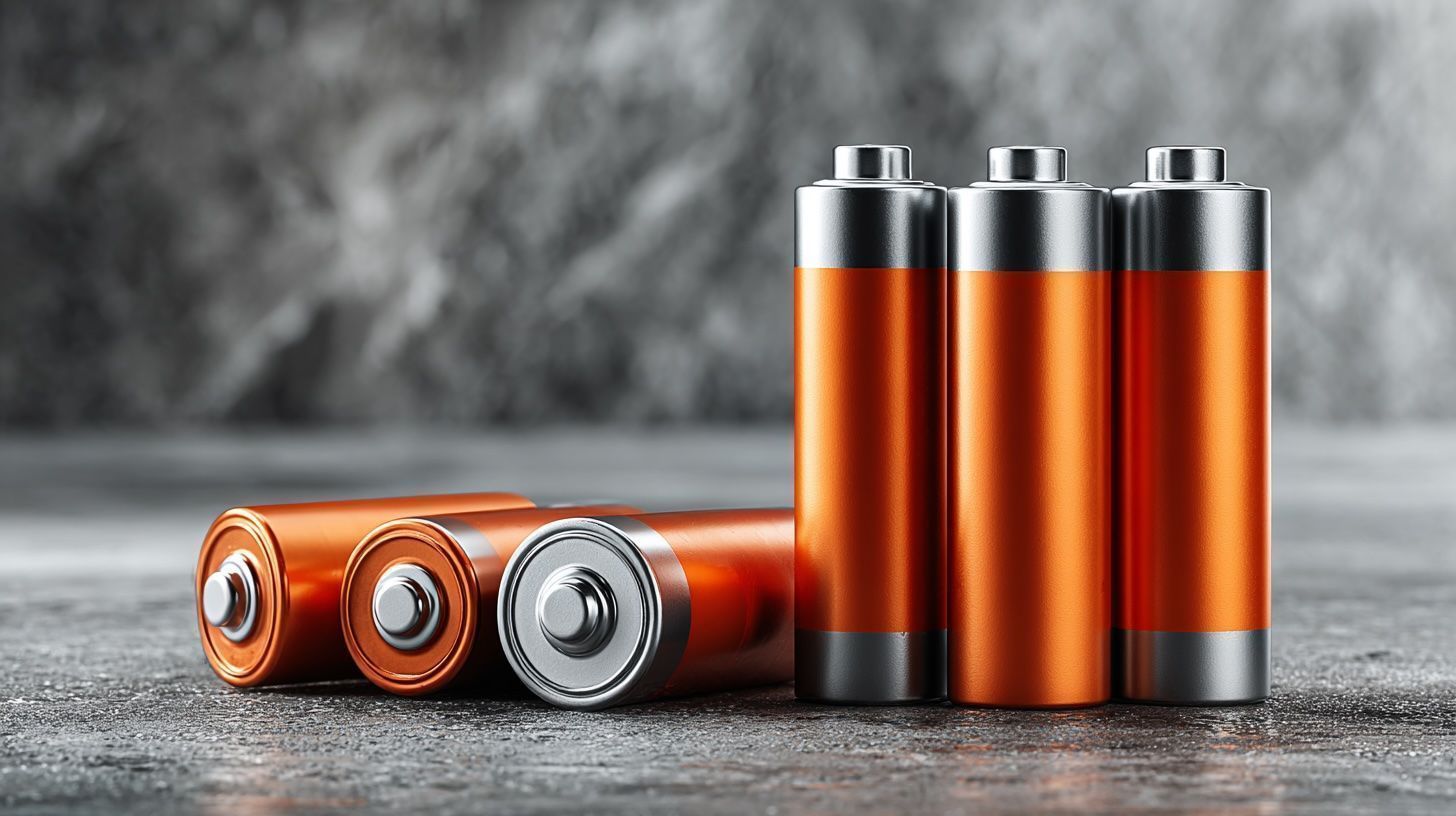
Beyond Lithium-Ion: Sodium-Ion vs. Solid-State vs. Lithium-Sulfur – Who Wins the Next Battery Race?
CATL unveiled the world’s first mass-produced sodium-ion EV battery, named Naxtra, in 2023 and began deploying it in cars by late 2023. Sodium-ion cells typically deliver 140–160 Wh/kg, with CATL’s best prototypes around 175 Wh/kg and a second-generation cell expected
